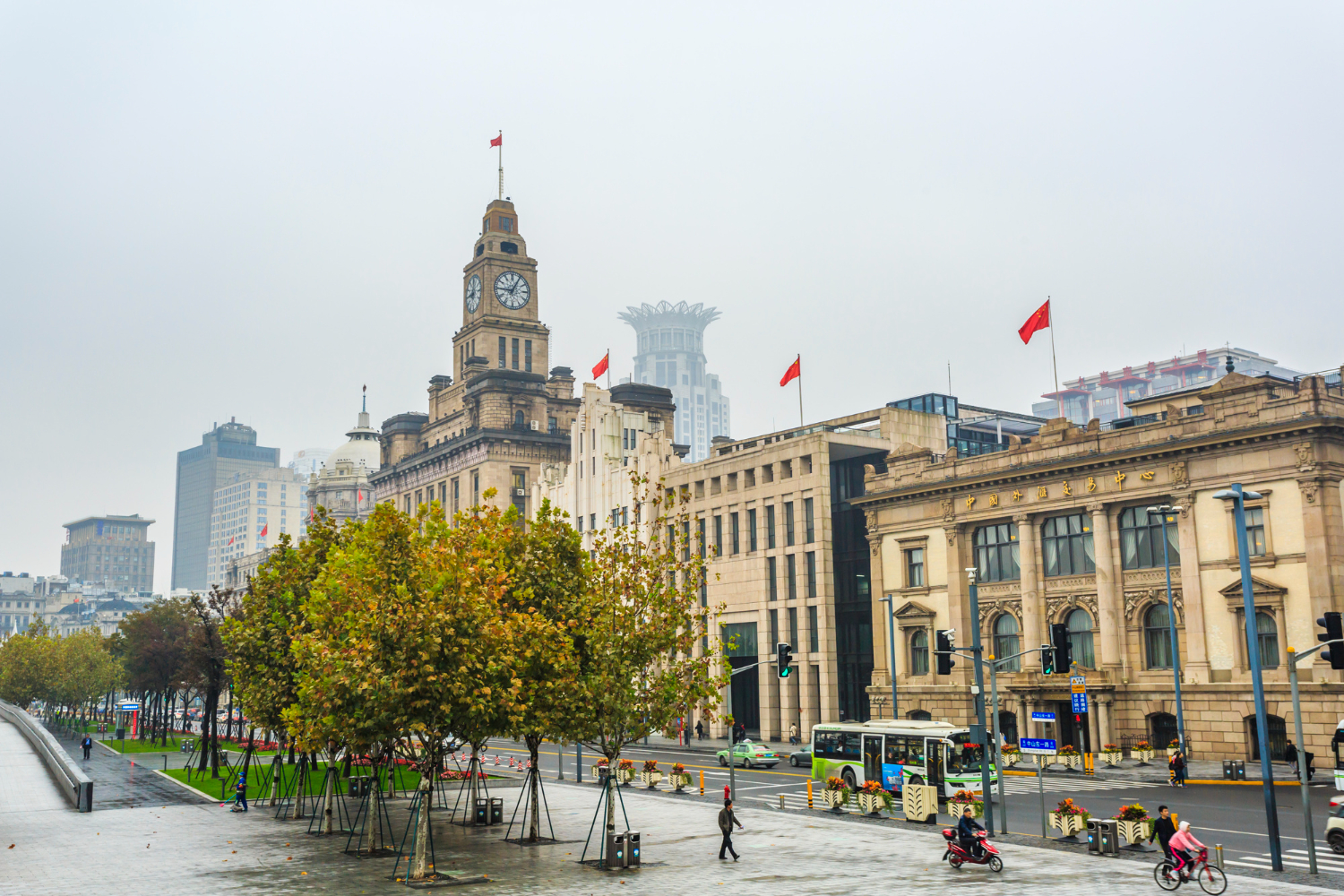
Canada met it’s highest-ever goal for the number of new PRs in 2022
Immigration, Refugees and Citizenship Canada (IRCC) said today that Canada exceeded its goal for permanent resident admissions in 2022.
The aim of 431,645 new permanent residents is higher than the previous record of 401,000 set in 2021 and represents the largest influx of new permanent residents in a single year ever documented in Canadian history.
Immigration Minister Sean Fraser said, “Today marks an important milestone for Canada, setting a new record for newcomers admitted in a single year.” “It is a monument to our nation and its people’s fortitude and resiliency. The ability of newcomers to fill labor shortages, contribute fresh ideas and skills to our communities, and improve society at large is crucial.
In 2023, as we continue to welcome immigrants, I am eager to see what the future contains and look forward to another historic year.
In 2022, the IRCC handled 5.2 million applications across all business lines. This is twice as many applications as were processed in 2021 and comprises applications for citizenship, temporary residency, and permanent residence.
The increased number of applications processed as well as the massive amount of admissions is attributed by IRCC to more resources, new technology, faster processing, and the introduction of more procedures online. In the Fall Economic Statement, the government also promised $50 million to the IRCC year 2022–2023 to handle the ongoing backlog of applications, which, as of November 30, 2022, totaled 1.09 million across all business lines.
Plan for Immigration Levels 2023–2025
The yearly Immigration Levels Plan outlines Canada’s admission goals. Up until the announcement of the 2023–2025 plan, the plan for 2022 had the highest admittance goals ever. It was revealed in February 2022.
Immigration affects Canada’s labor force growth virtually exclusively. In Canada, there are around one million unfilled positions and a labor shortage due to the country’s aging workforce. Since nine million Canadians are anticipated to reach retirement age by 2030, immigrants are essential to the country’s economy. The worker-to-retiree ratio in Canada is predicted to change from 7 to 1 50 years ago to 2 to 1 by 2035 as a result of the country’s aging population.
Furthermore, because Canada possesses one of the lowest birth rates in the world—1.4 children per woman—nearly 75% of its population growth is dependent on immigration.
Canada has been working to accept more immigrants in recent years to increase the population. Between 2016 and 2021, 1.3 million new permanent residents entered Canada, according to the immigration census of 2021. In other words, the highest proportion since Confederation and the highest proportion among G7 nations, one in every four respondents was or had been a landed immigrant or permanent resident in Canada. By 2036, it’s anticipated that immigrants would make up 36% of Canada’s population.
Thinking forwards, the 500,000 new permanent residents per year goal set forth in the immigration levels plan 2023–2025, which was unveiled in November, is even more ambitious. The goal is 465,000 for 2023.











































































































